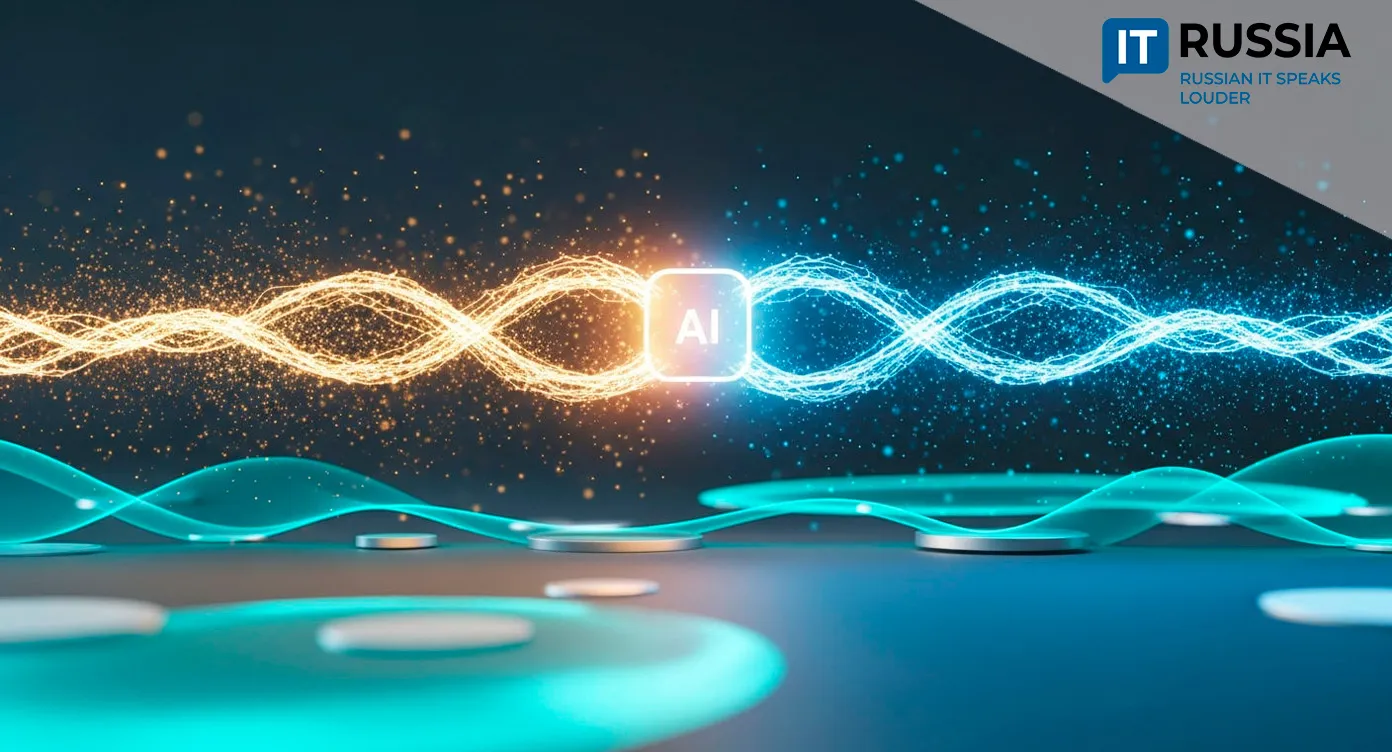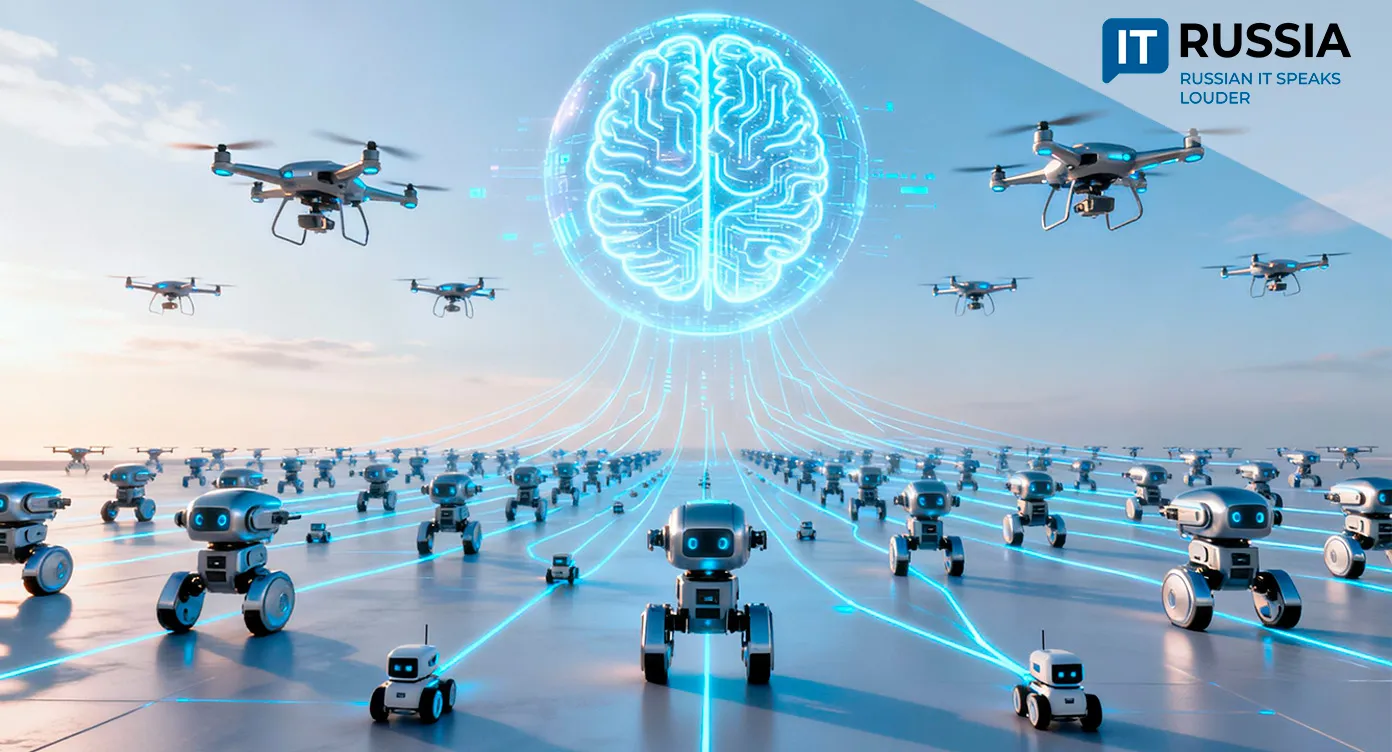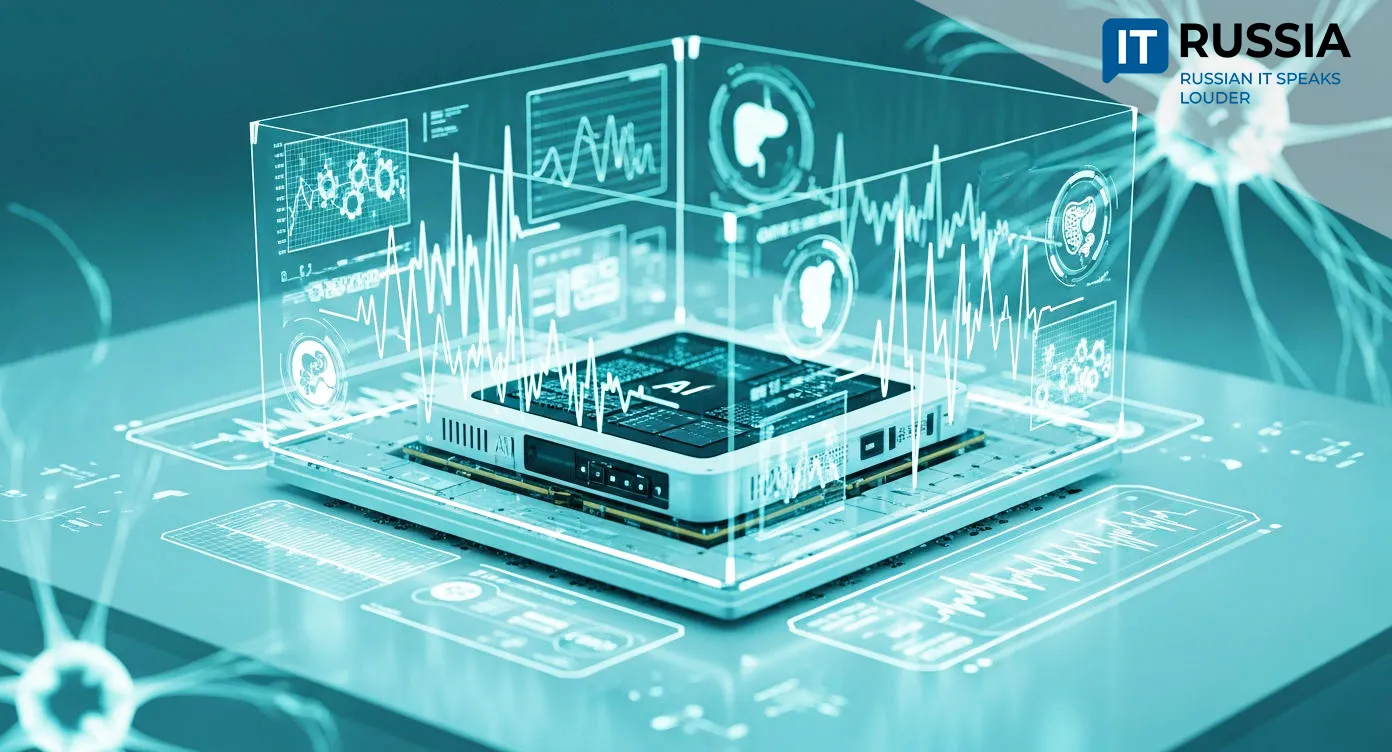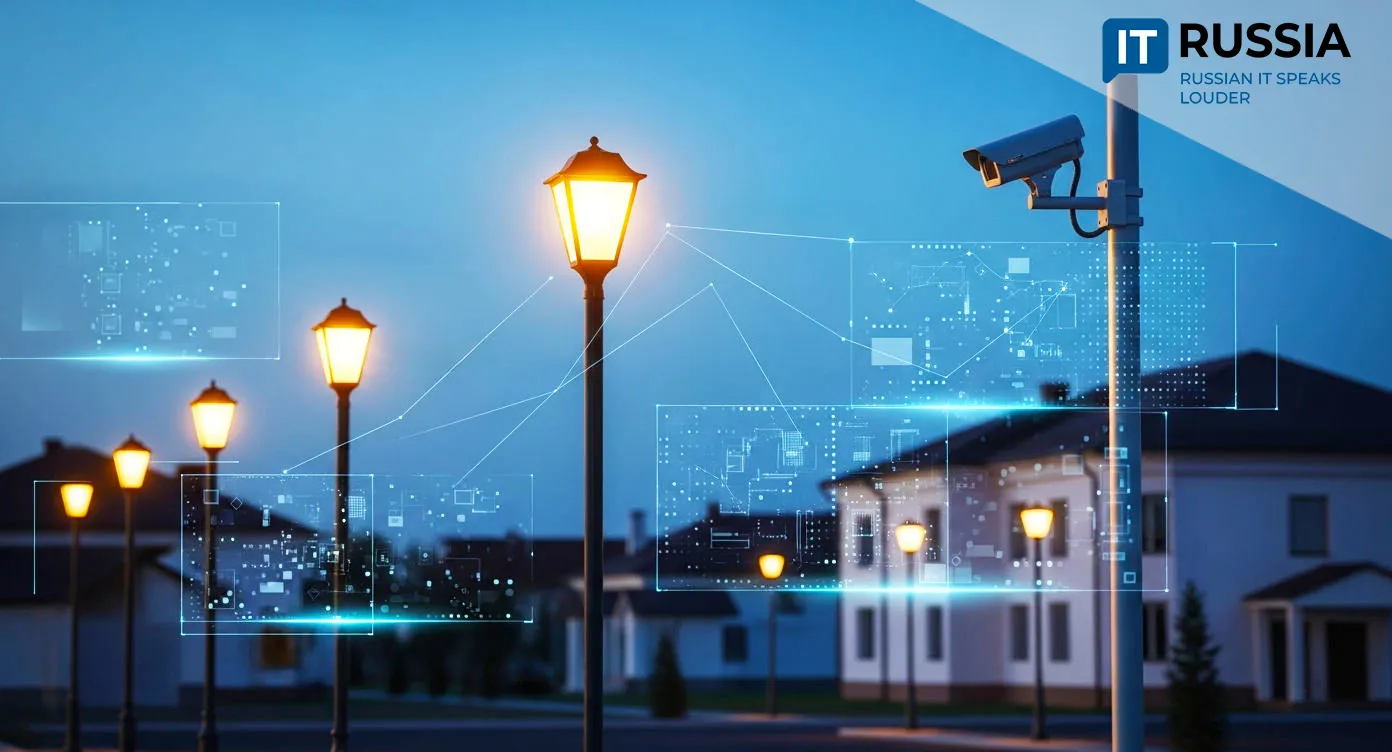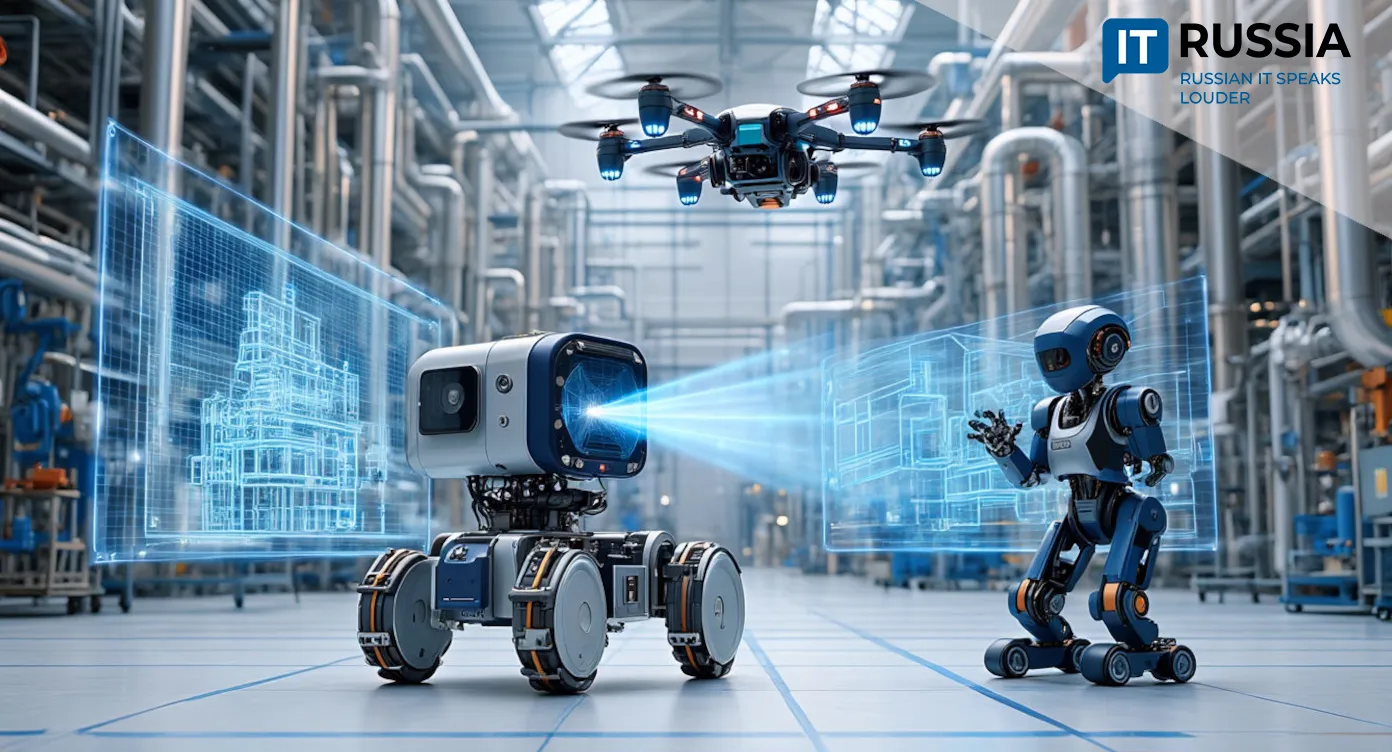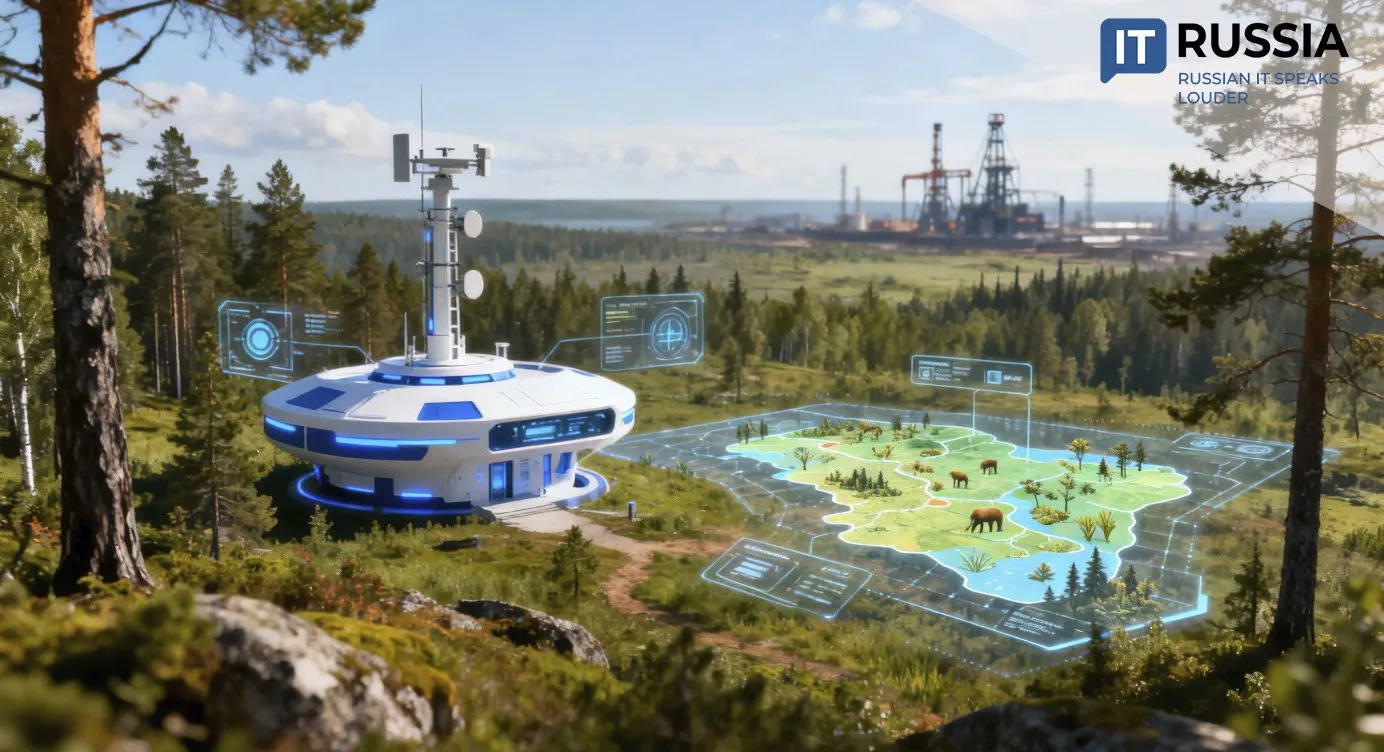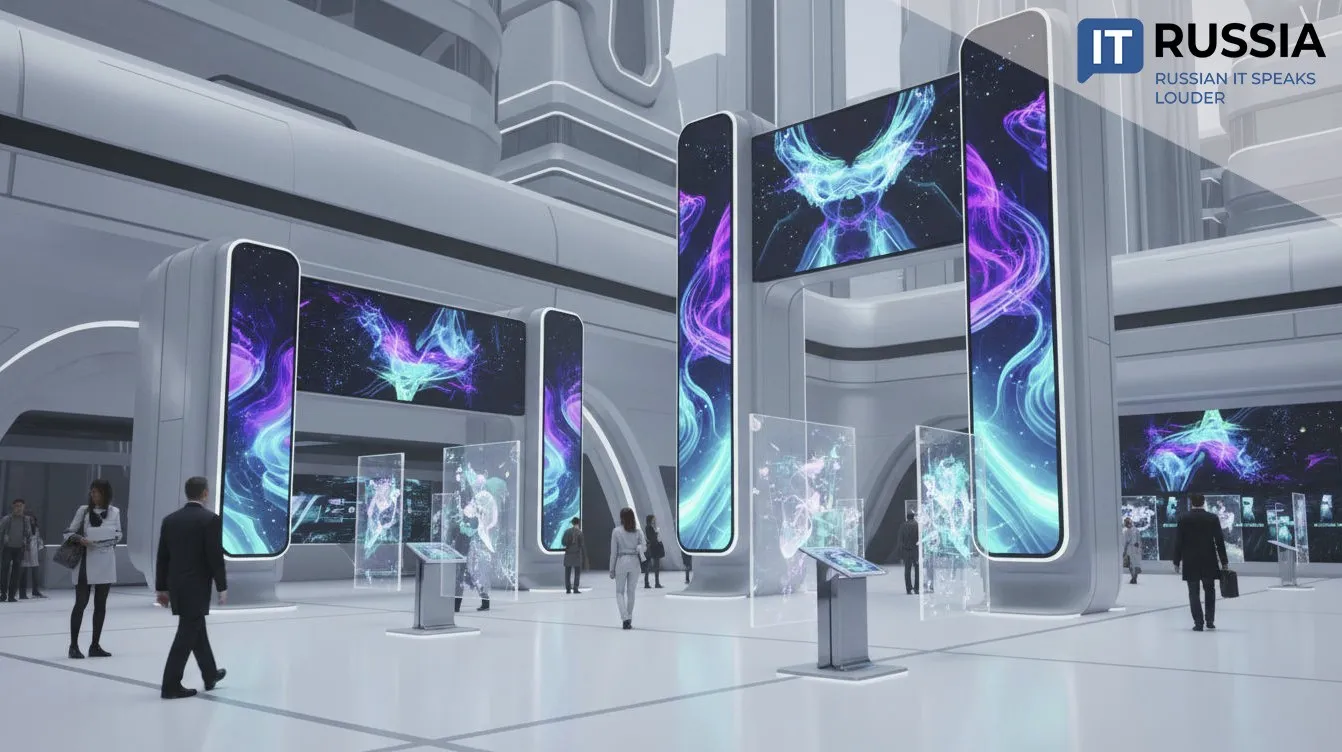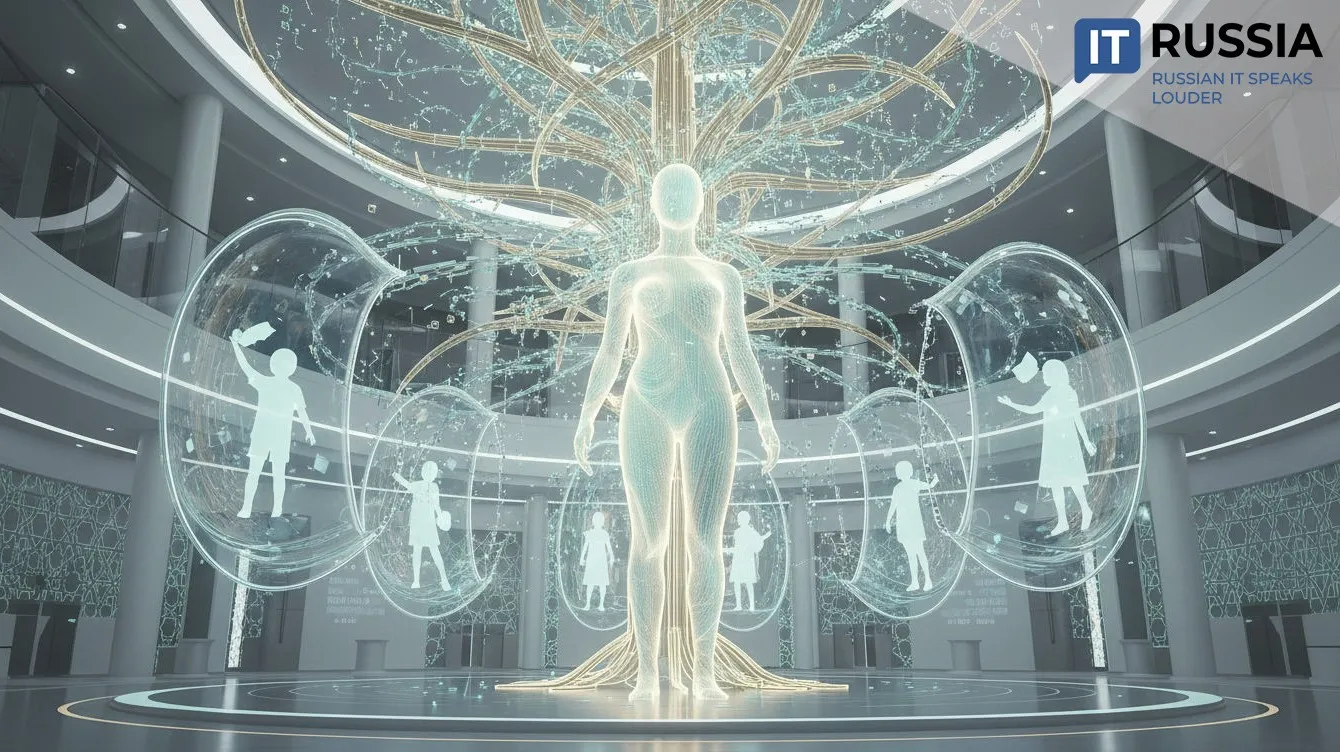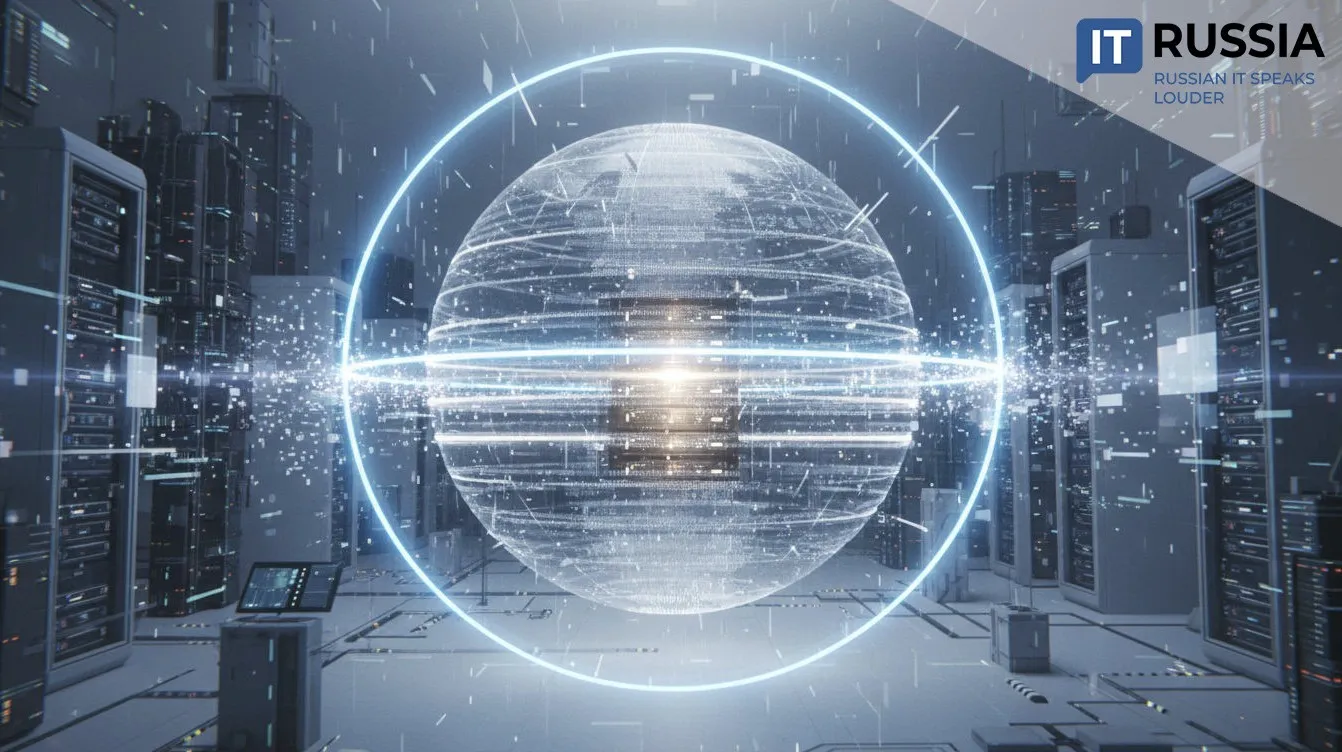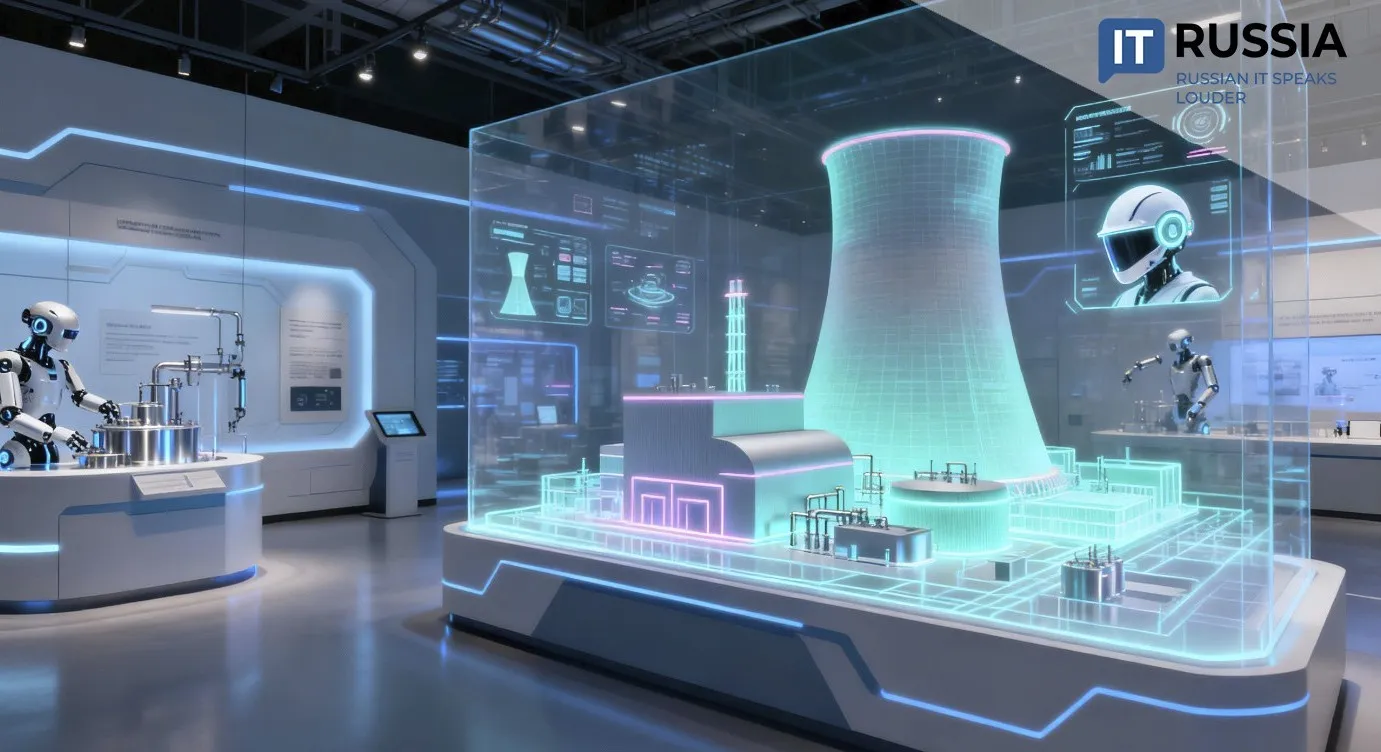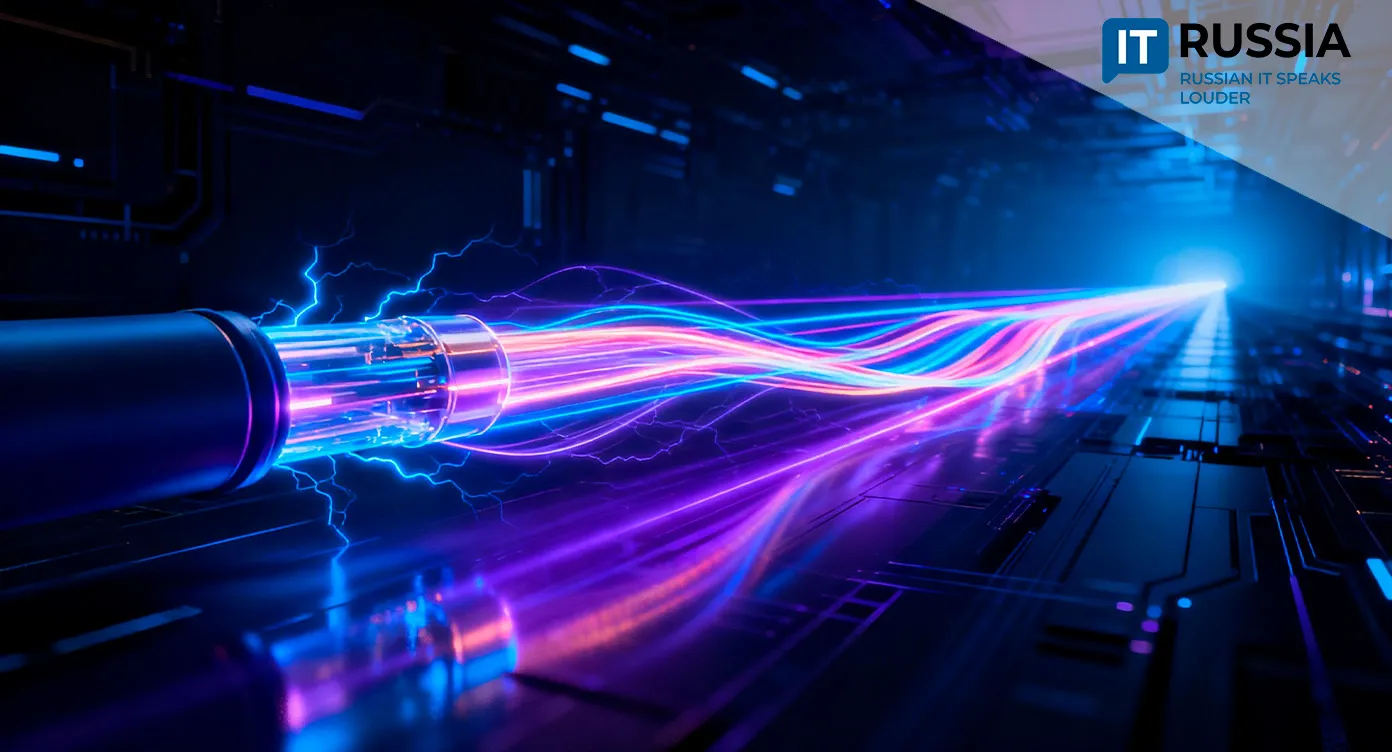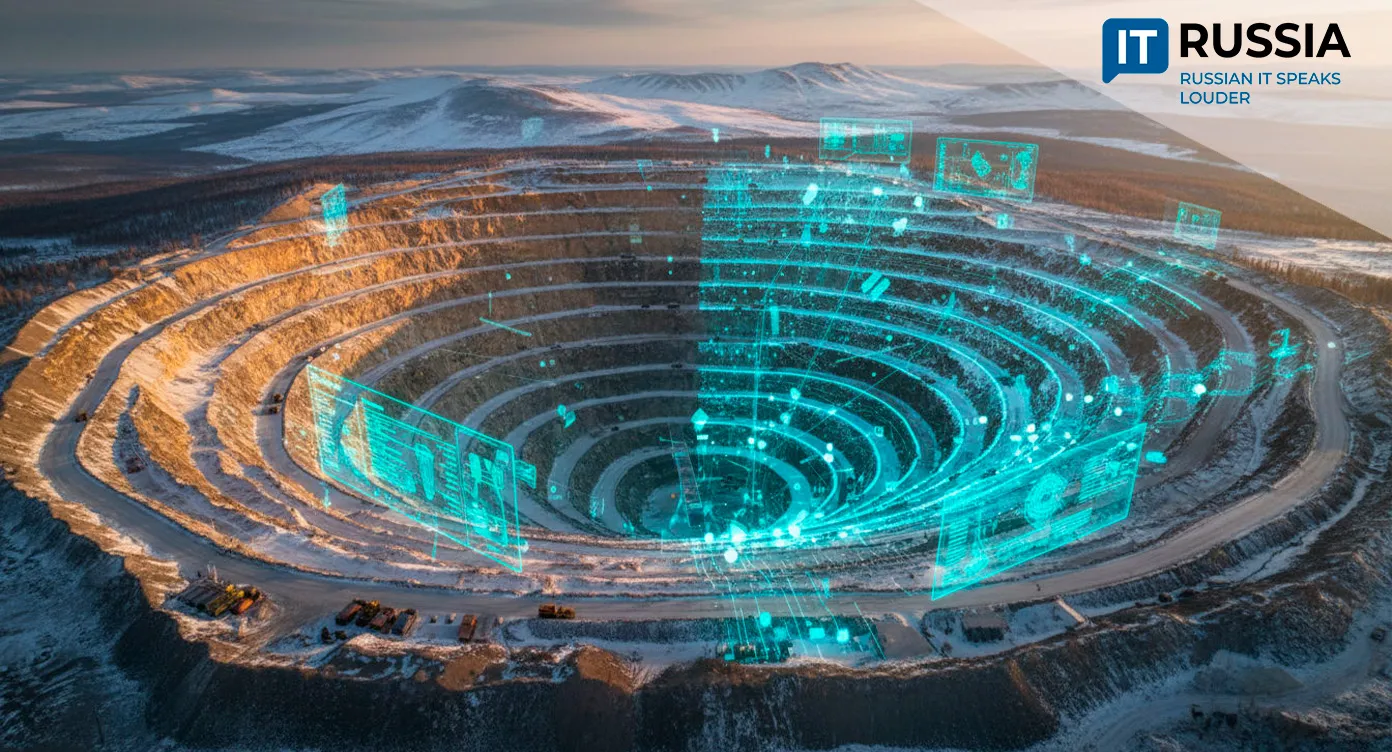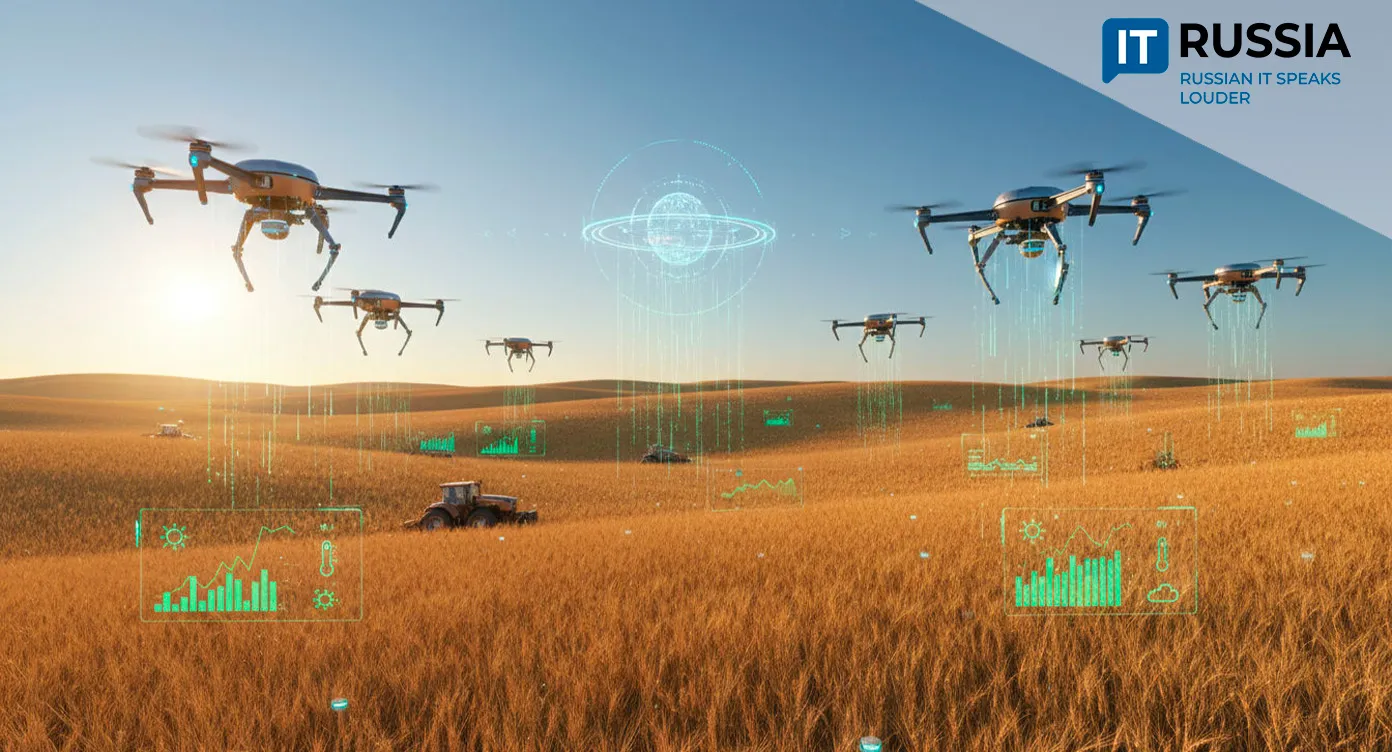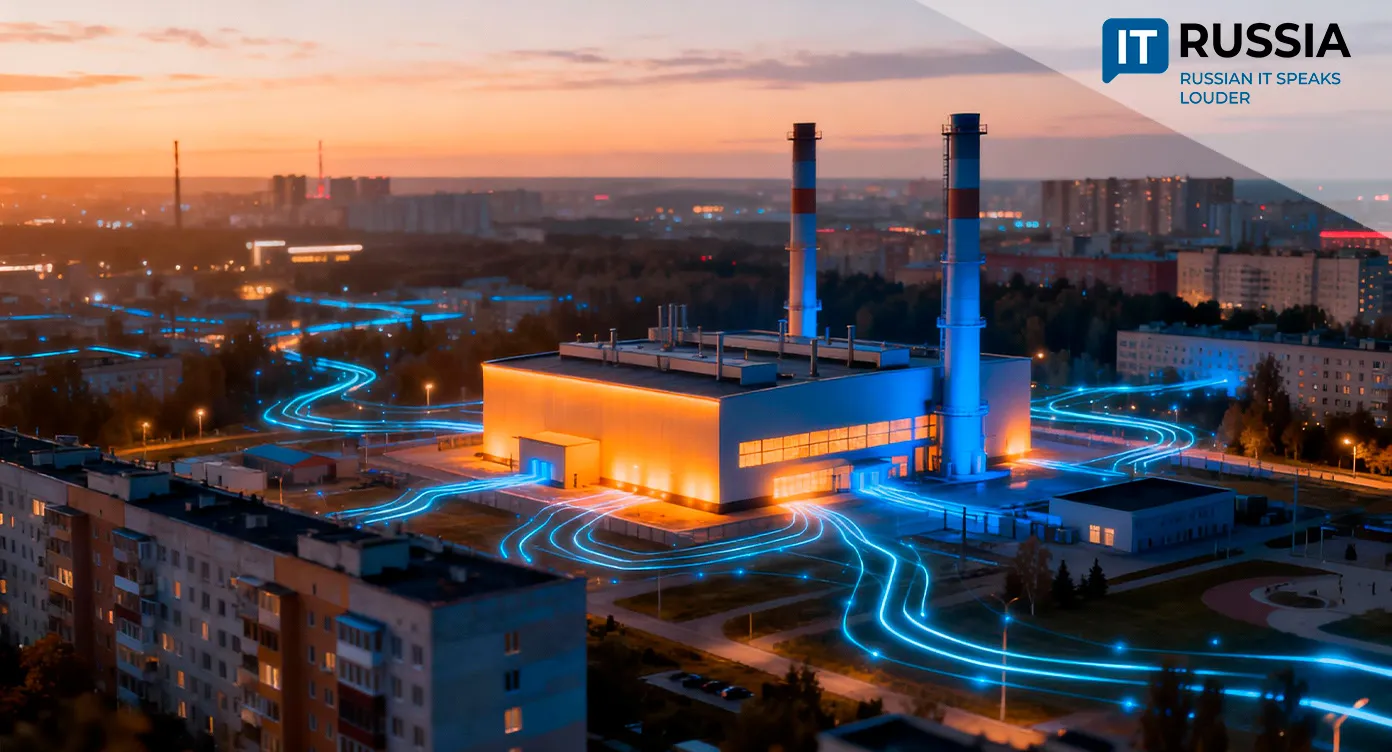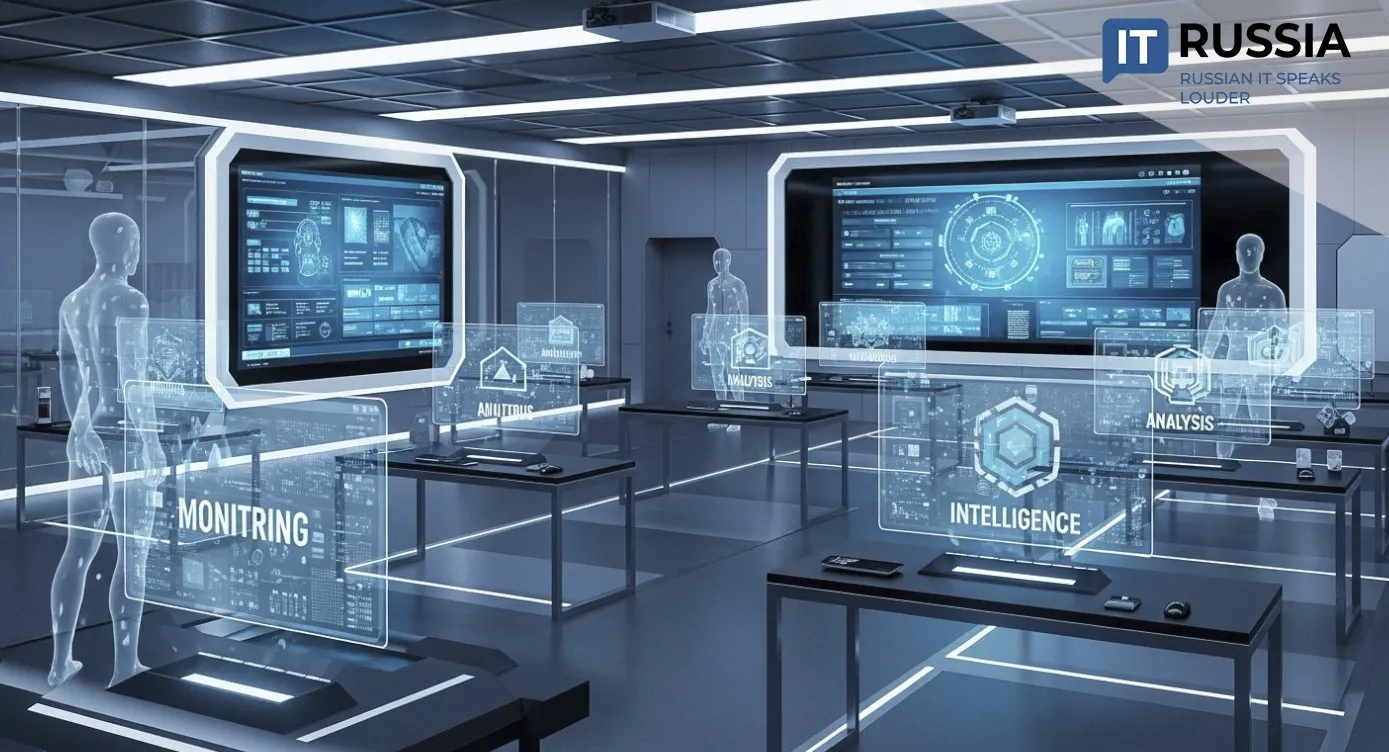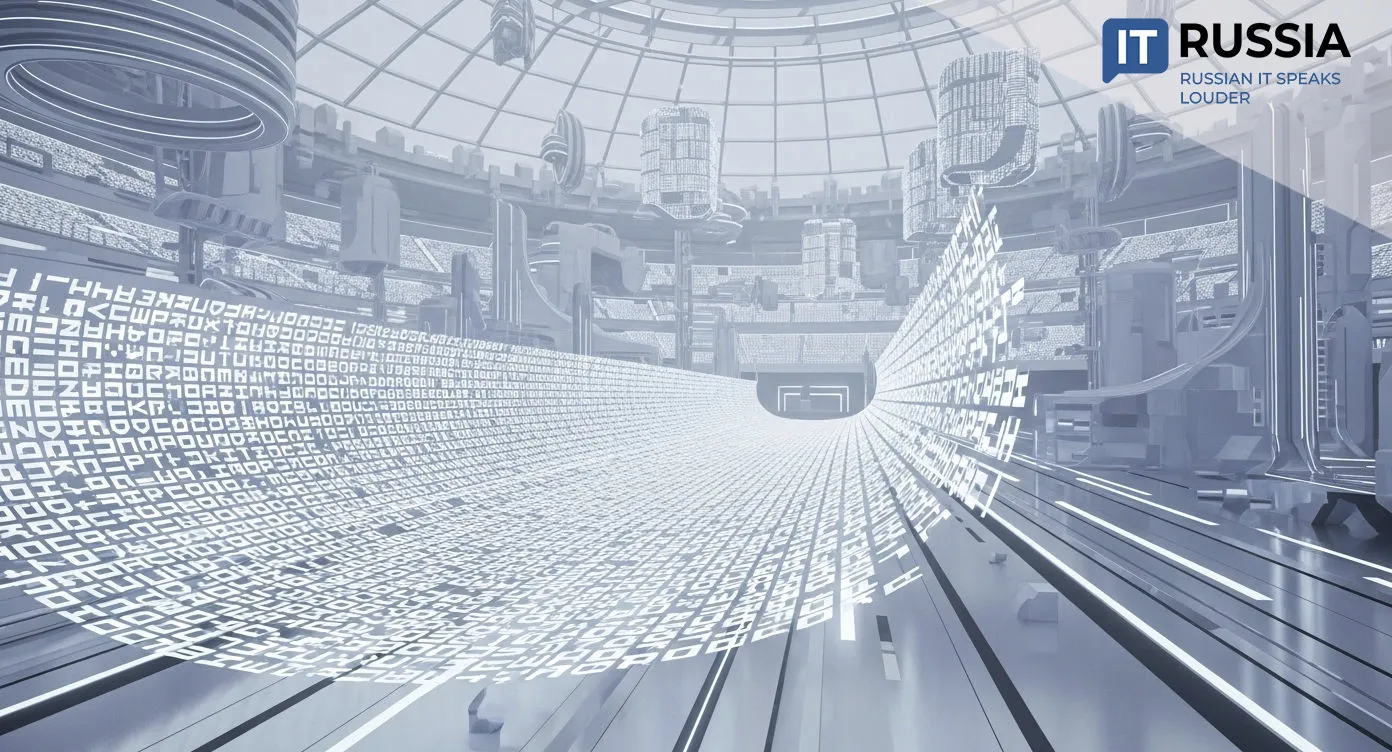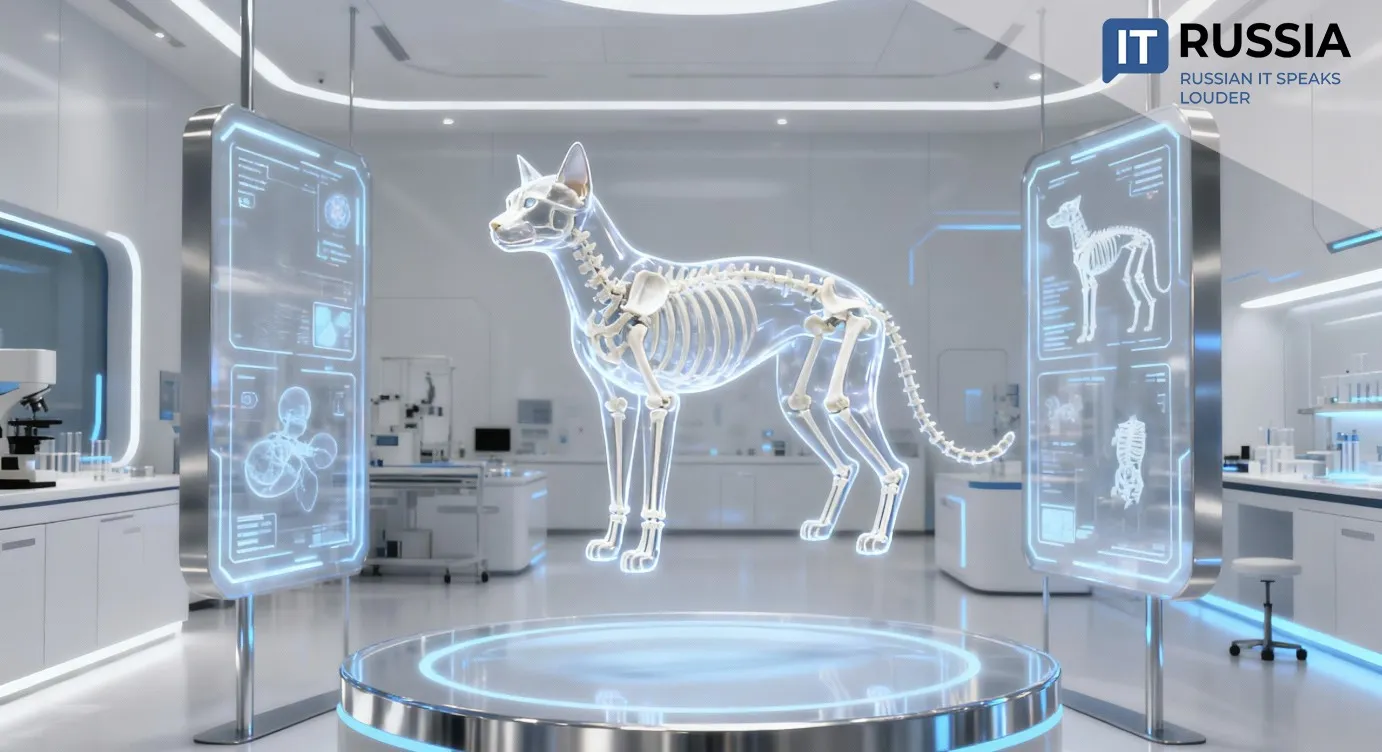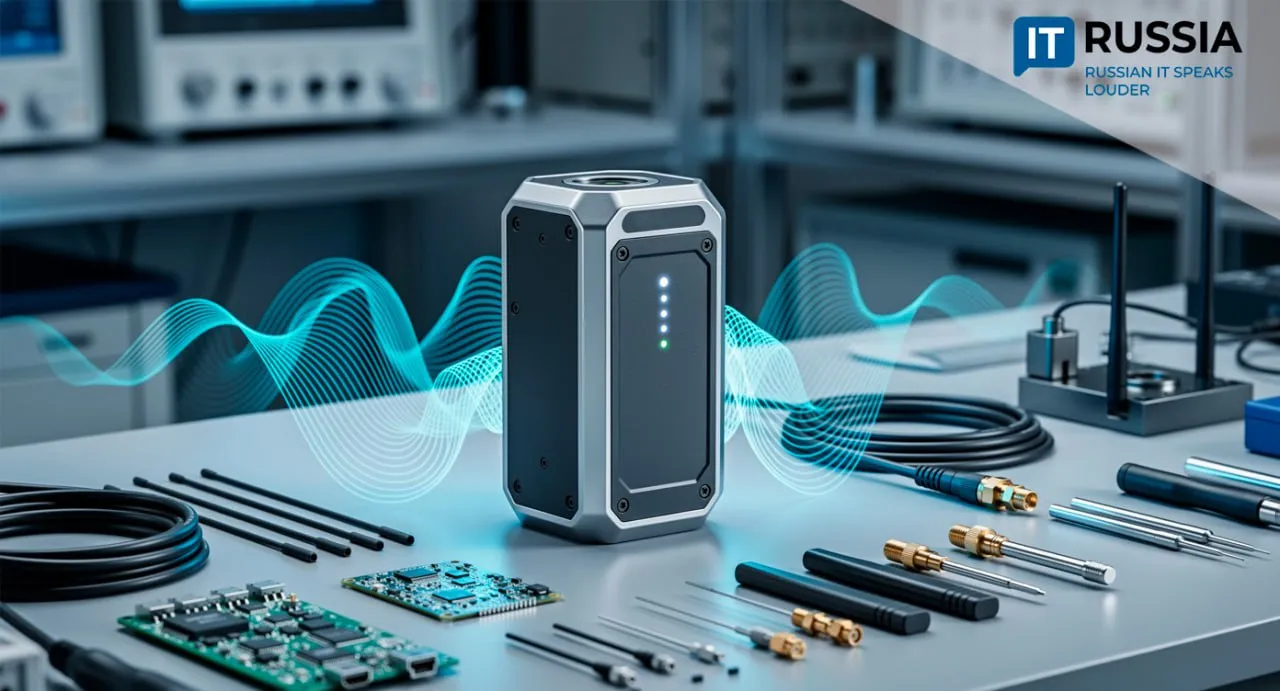Russian Breakthrough in AI Diagnostics for Bridges and Buildings
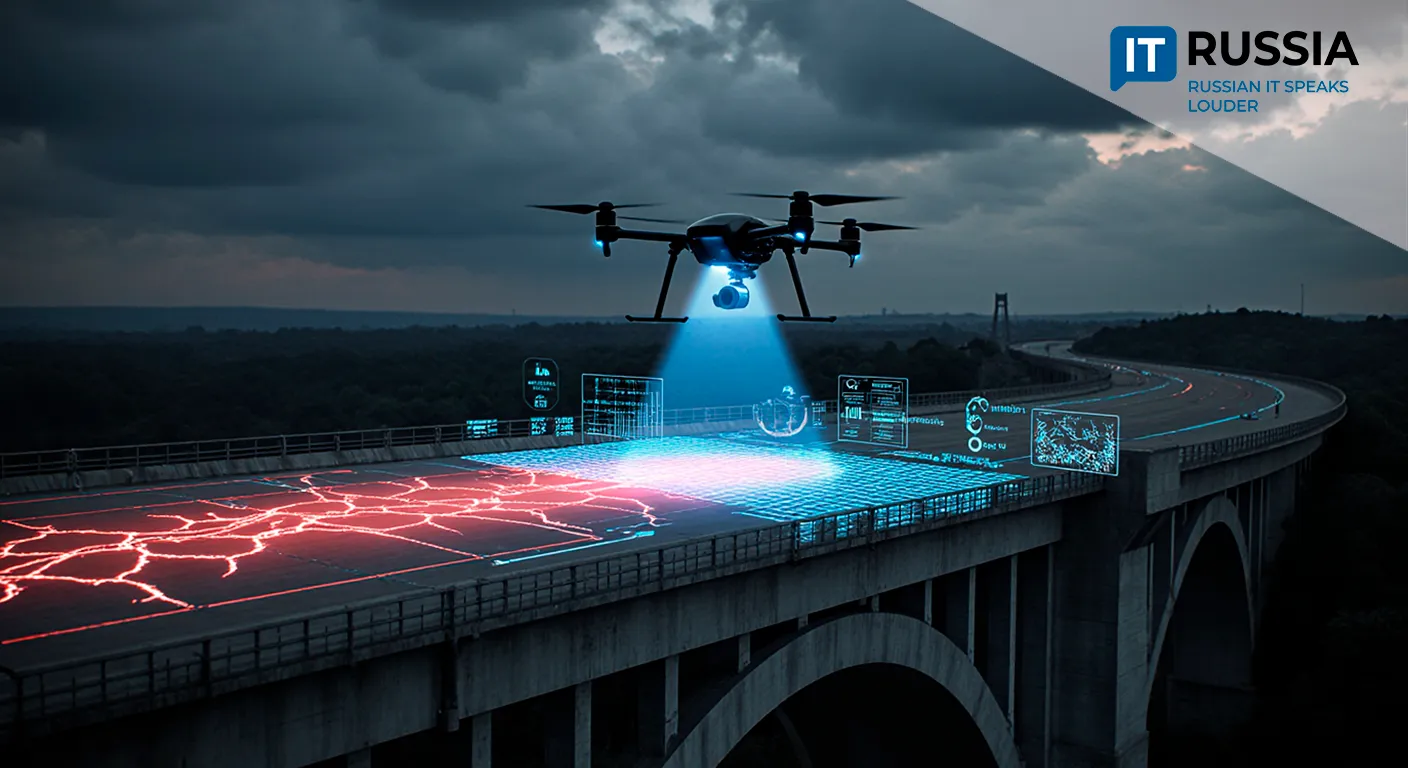
Russian researchers have developed an AI-powered system that automatically detects dangerous cracks in bridges, tunnels, and other structures. Mounted on drones, the solution works 100 times faster than humans and delivers accuracy of up to 88.7%.
Speed, Precision, and Autonomy: How the System Works
In times of economic constraints, technologies that can not only accelerate but also fundamentally improve safety assurance processes are in high demand.
Scientists at Ural Federal University (UrFU) have unveiled a groundbreaking solution — an AI system installed directly on drones that detects cracks in bridges, tunnels, and buildings in real time. This is not just a lab prototype; it’s a technology ready for deployment.
UrFU’s innovation is effectively a mobile data processing center. The system can analyze up to 232 frames per second — roughly 100 times faster than a human inspector — with defect detection accuracy reaching 88.7%, surpassing leading global analogs. A critical advantage is that all processing happens onboard the drone, without sending data to a server. This allows operation in remote areas without stable internet access and enables instant feedback.
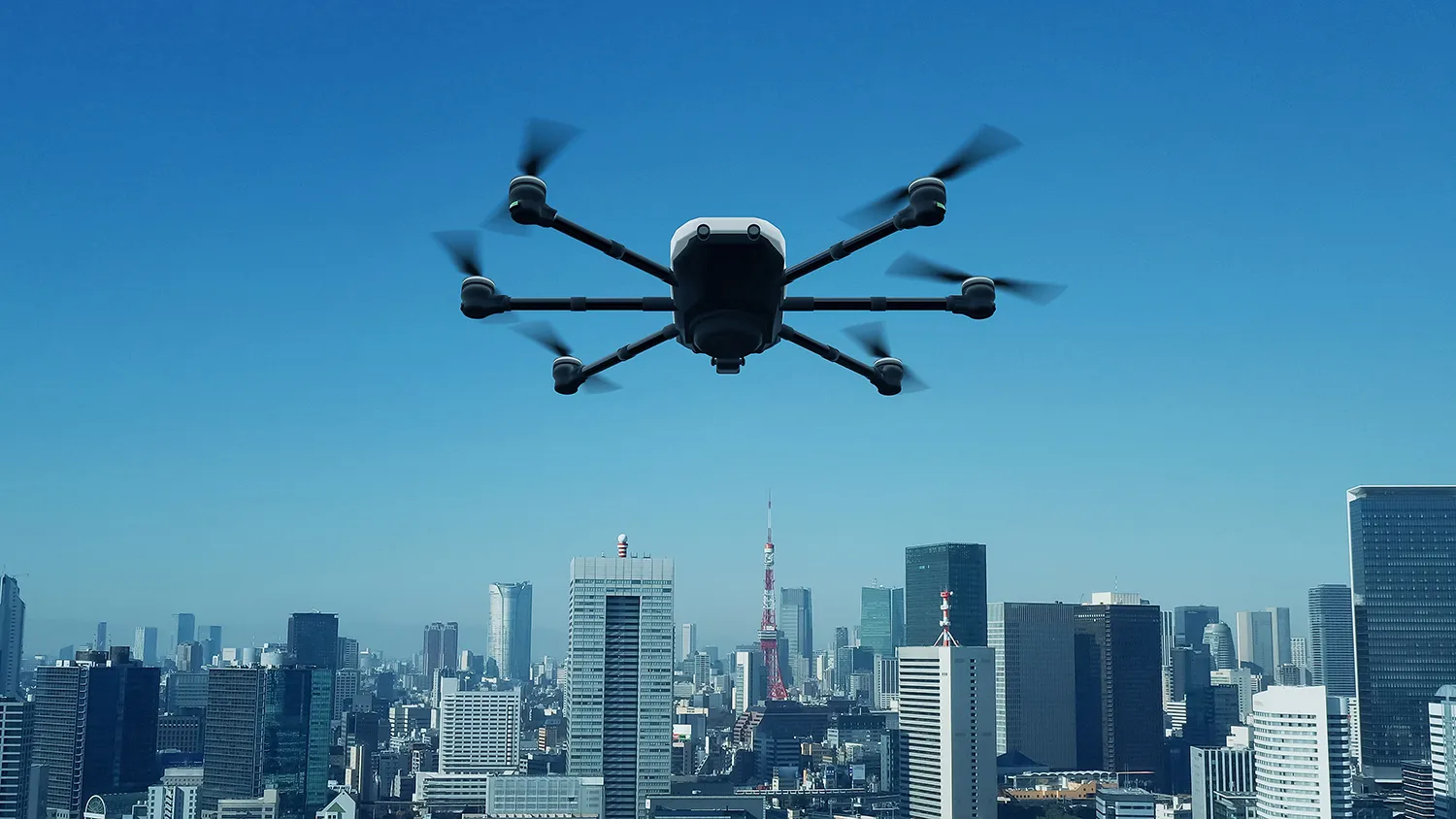
Safety, Cost Savings, and Technological Sovereignty
For Russia’s IT sector, this breakthrough showcases the maturity of domestic AI development. In the current climate of import substitution and growing demand for “smart” solutions, UrFU’s system could become a flagship product in industrial diagnostics.
The technology addresses multiple key challenges. First, it reduces accident risks by identifying serious defects early. Second, it delivers major cost savings — traditional inspections require manual labor from three experts per large site, and sometimes industrial climbers, special lifts, and road closures. Drones can operate at night, in rain, and even with limited visibility, cutting costs by 60–70%.
For citizens, this means safer roads, tunnels, and public buildings. Disasters caused by structural failures can now be predicted and prevented in time.
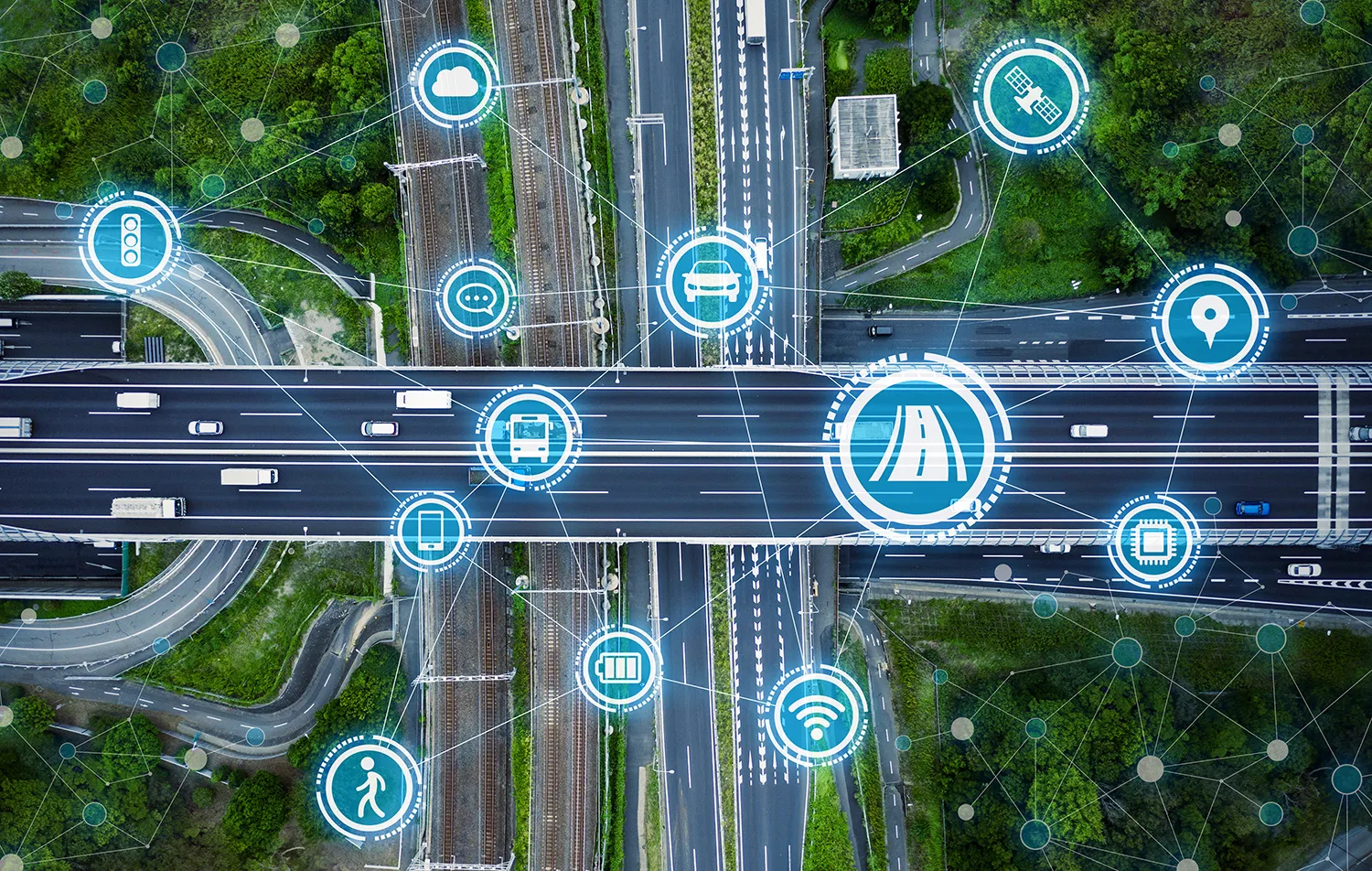
Global Potential: Export and Adaptation
The technology has strong export potential, especially in Africa, Asia, and Latin America, where infrastructure often ages faster than it is replaced and resources for regular inspections are limited. A Russian system adapted to local conditions could offer an affordable, effective alternative to costly Western solutions.
UrFU’s system stands out for its autonomy and processing speed — areas where many international competitors still rely on cloud computing and manual verification. The Russian approach works offline, a key advantage in regions with weak telecom infrastructure.
From Drones to Smart Cities
Future development plans include integrating infrared cameras to detect not only visible cracks but also hidden defects such as delamination, corrosion, and insulation failures. This is particularly valuable for night inspections and in foggy or rainy conditions.
The system can be used for 24/7 monitoring of major infrastructure. Drones could regularly patrol bridges, tunnels, and dams, sending alerts at the first sign of anomalies. Such solutions fit seamlessly into smart city concepts and can become part of regional digitalization programs.
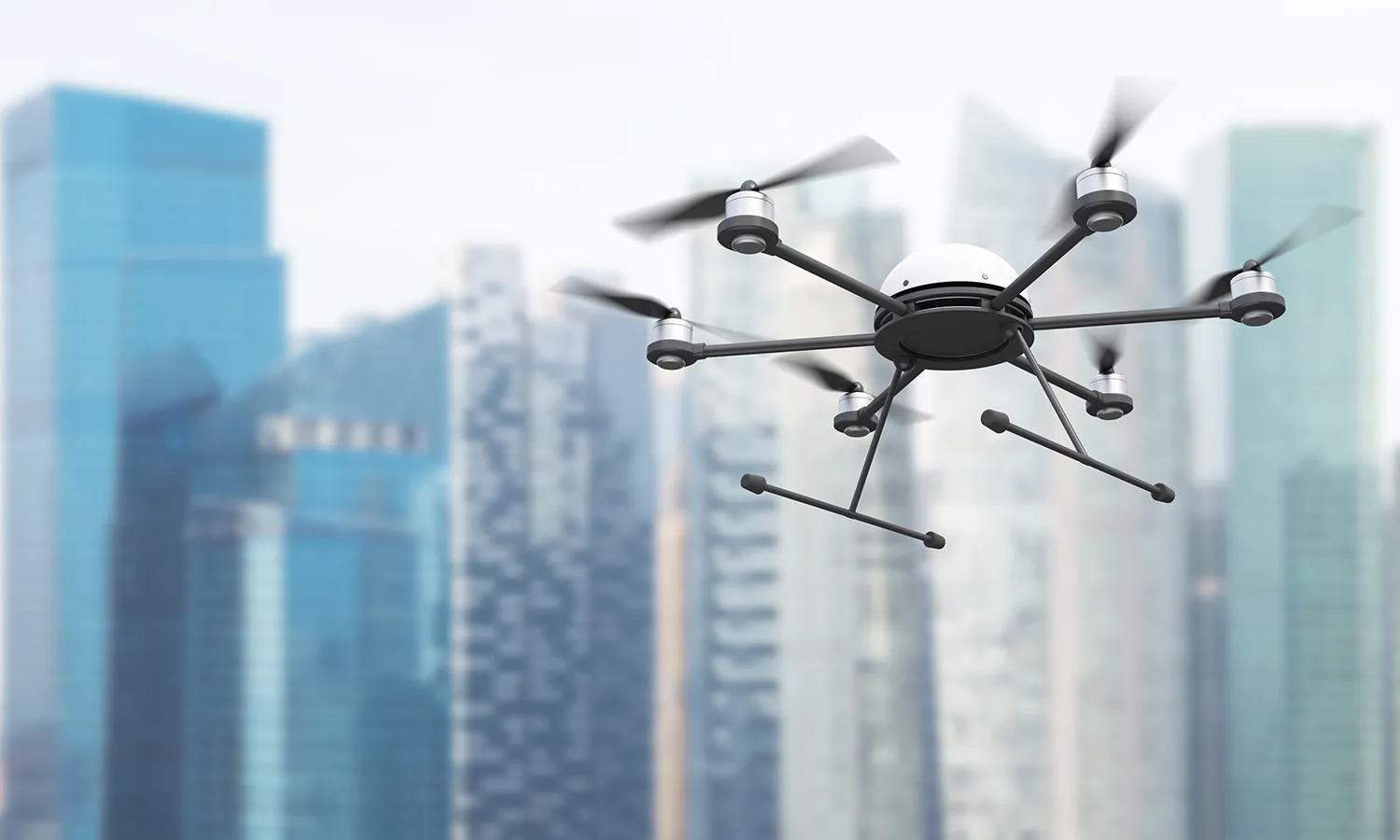
Over the past five years, numerous initiatives have explored drones and AI in construction diagnostics. In Europe and the U.S., algorithms for railway track inspection are being developed, but adoption remains limited. In Russia, drones were previously used for video recording, with manual analysis afterward. In 2023, software emerged for crack detection, but without autonomy.
UrFU’s system is the first to combine onboard AI processing, speed, and high accuracy in one package. Within 1–3 years, it could be deployed in pilot projects on federal highways, in major construction companies, and in smart city testbeds. In 5–10 years, full automation of diagnostics is possible.
This development from Yekaterinburg is more than a scientific success — it’s a technology that can save lives, cut massive costs, and become a global export hit.





